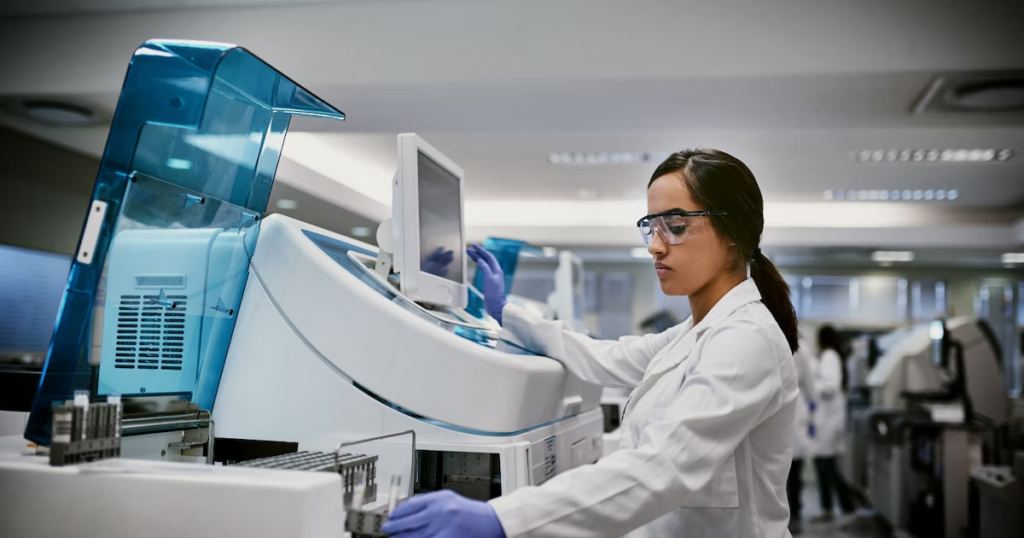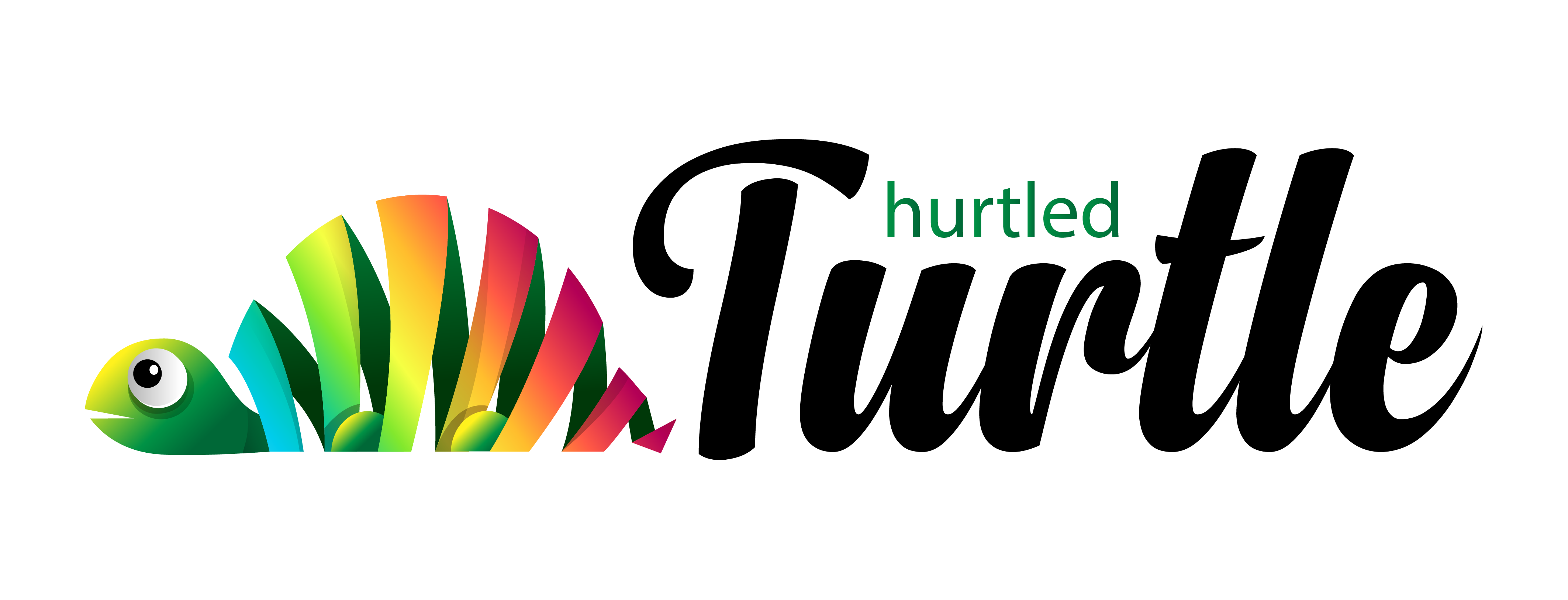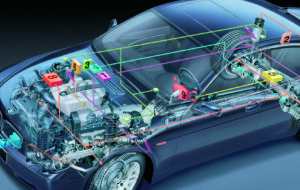
Disposable medical devices have become increasingly popular in recent years due to their many benefits, including reduced risk of infection, cost-effectiveness, and ease of use. In particular, two widely used disposable devices in medical procedures are the percutaneous closure device (PCAD) and the intravascular radiation device (IRAD). In this article, we will take an in-depth look at the benefits of using disposable devices in medical procedures, focusing on PCAD and IRAD.
Reduced Risk Of Infection
One of the most significant benefits of using disposable medical devices is the reduced risk of infection. When a medical device is used on multiple patients, it must be thoroughly cleaned and sterilized after each use to prevent the spread of disease. However, even with thorough cleaning and sterilization, there is still a risk of infection. This risk is eliminated with disposable medical devices, which are used once and discarded.
Cost-Effectiveness
Another benefit of using disposable medical devices is their cost-effectiveness. While the initial cost of disposable devices may be higher than reusable devices, the overall price is often lower due to the reduced need for cleaning and sterilization. Additionally, disposable devices are often more efficient, saving time and reducing labor costs.
Ease Of Use
Disposable medical devices are also easier to use than reusable devices. They do not require the same level of cleaning and sterilization, which can be time-consuming and labor-intensive. Additionally, disposable devices are often more lightweight and portable than reusable ones, making them easier to transport and use in different locations.
PCAD
One popular disposable device used in medical procedures is the percutaneous closure device (PCAD). PCAD closes a hole or puncture in the skin or blood vessel. It is commonly used in cardiac catheterization procedures to close the gap made by the catheter after the process is complete.
Dr. Jon Kiev, a renowned thoracic surgeon, and expert in medical device technology, notes that PCAD has revolutionized cardiac catheterization procedures. “PCAD has significantly reduced the risk of complications in cardiac catheterization procedures,” he says. “It has made the procedure safer and more efficient.”
IRAD
Another widely used disposable medical device is the intravascular radiation device (IRAD). IRAD is used to deliver radiation directly to the site of a blockage in a blood vessel. It is commonly used in restenosis, a condition in which a previously treated blood vessel becomes narrowed again.
Dr. Jon Kiev notes that IRAD has been a game-changer in the treatment of restenosis. “IRAD has significantly improved the success rate of restenosis treatment,” he says. “It delivers radiation directly to the site of the blockage, reducing the risk of damage to healthy tissue.”
Conclusion
Using disposable medical devices in medical procedures has many benefits, including reduced risk of infection, cost-effectiveness, and ease of use. The percutaneous closure device (PCAD) and the intravascular radiation device (IRAD) are two widely used disposable devices in medical procedures. PCAD is used to close a hole or puncture in the skin or blood vessel, while IRAD is used to deliver radiation directly to the site of a blockage in a blood vessel. Both devices have revolutionized their procedures, making them safer and more efficient.
The use of disposable medical devices is a significant advancement in medical technology. It has improved patient outcomes and reduced the risk of complications in medical procedures.” With their many benefits, the use of disposable medical devices will likely continue to increase in the years to come.



